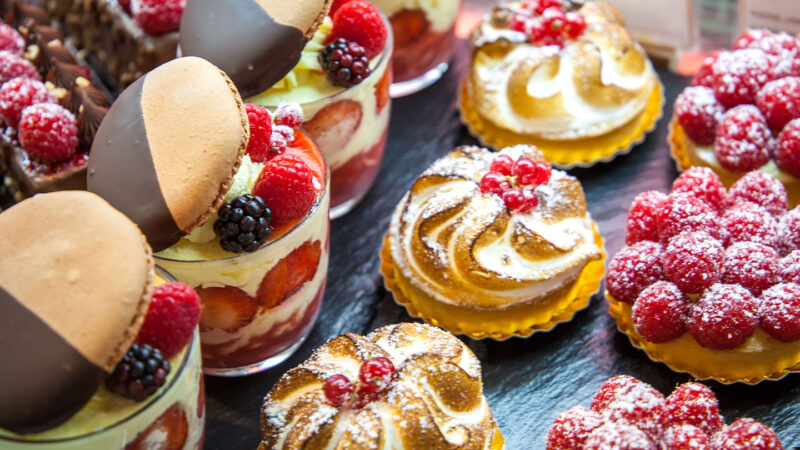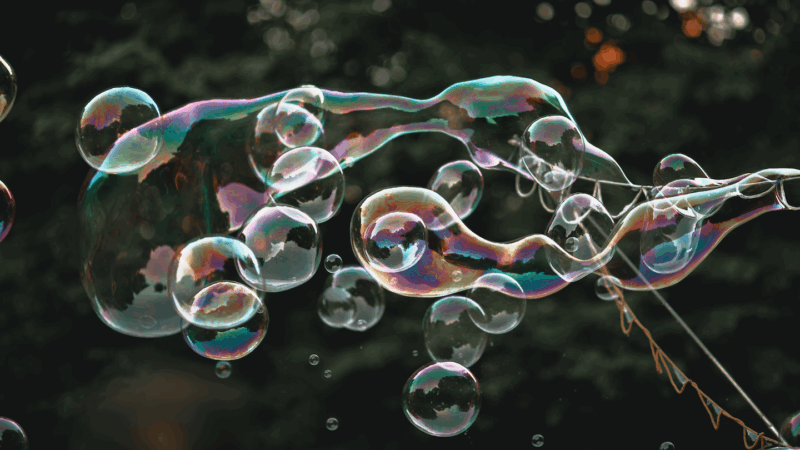[vc_row css_animation=”” row_type=”row” use_row_as_full_screen_section=”no” type=”full_width” angled_section=”no” text_align=”left” background_image_as_pattern=”without_pattern”][vc_column][vc_column_text]It’s time for some ice cream! Wait…wait…no need to pull out the industrial sized, hand cranked monster from the 1940’s. You don’t even need to make that trip to the grocery store. With some ingredients and supplies that you have right in your home, you can make your very own ice cream. Of course, it helps if you know a little science. That’s what I’m here for! Forget those fancy name brand ice creams! Say hello to my little friend…Ziploc Bag Ice Cream!
Here’s What You Need
- 1 cup of half & half
- 6 tablespoons rock salt
- 2 tablespoon sugar
- 1 teaspoon vanilla extract
- 2 Ziploc bags (two different sizes, 1 gallon size and 1 quart size)
- Ice
Here’s What You Do
Fill the larger Ziploc back 3/4 full with ice. Sprinkle the rock salt over the ice, seal the bag (very important), and put it to the side. We will use this a little later.2. Put the half & half, the vanilla, and the sugar in the smaller bag. If you want to add a couple of special mix-ins (like chocolate chips or peppermint flavoring), place them in the bag also. Squeeze out the excess air, seal the bag (once again…very important), and shake it around to mix the ingredients. Believe it or not…this mixture will become ice cream!3. Open the large bag and place the small bag inside. Seal the large bag (still very important). Now, it’s time to churn the ice cream. Gently turn, flip, and knead the bag. The goal is to turn the liquid ice cream mixture into solid ice cream. That’s the science part! The trick is to make the mixture very cold. Trust me…it’s going to get very cold! In order to avoid frozen fingers, I suggest you take turns churning the ice cream with a partner. Make it a whole family activity! You might also want to wrap the plastic bag in a towel. This keeps it from feeling too cold.4. The time it takes to turn your ice cream mixture into a solid depends on how well you churn. In my experience, it takes about 15 – 20 minutes of churning to produce good ice cream. When you think your ice cream has hardened, open the large bag and remove your bag of ice cream. If it is ready, your bag will be stiff. If you didn’t churn long enough, you might notice liquid inside the bag (more like ice cream soup then ice cream). If this happens just stick it back in the ice, seal the bag, and churn a bit more. If your ice cream is ready, use a cloth to wipe any salt water or rock salt off the small bag (especially around the opening). You don’t want salt water in your ice cream.5. Grab a spoon, open the small bag, and dig in!
The Science Behind the Ice Cream
Who knew science was so de-li-cious?! Let’s talk about some of the science behind the ice cream:
You started this adventure in science with a mixture of half & half, sugar, and vanilla; a liquid. After all of the flip, kneading, and turning, you ended up with ice cream; a solid. If you didn’t eat your ice cream fast enough, you might have noticed that some of it began to melt (solid becoming a liquid). Scientists call this shift from solid to liquid or liquid to solid… a change of state. Changes of state are happening all around us all of the time. Liquid water changes into solid ice to make snow. Liquid gasoline turns into gaseous gasoline to power our cars. There are plenty of others.
Why couldn’t we just use ice to freeze the ice cream? What’s up with the rock salt?! Well, that’s really a question of temperature. Water freezes at 32 degrees Fahrenheit. In order to freeze the ice cream, we needed temperatures lower than 32 degrees Fahrenheit. That’s where the salt comes in. Salt lowers the freezing point of water. In other words, salt water freezes at a lower temperature that fresh water does. Remember, water freezes at 32 degrees Fahrenheit. Well, a 10% salt solution freezes at 20 degrees Fahrenheit, and a 20% solution freezes at 2 degrees Fahrenheit. That’s why people sprinkle salt on icy sidewalks, steps, and streets. The salt lowers the freezing point of the water and causes the ice to melt.
In order for a solid to become a liquid, it must absorb energy. For a liquid to become a solid it must give away energy. Scientists call this energy, heat. In this activity, the liquid ice cream mixture gave up heat energy. That energy was absorbed by the ice as it melted. By adding salt to the ice, you lowered the temperature inside the bag. In fact, the mixture of rock salt and ice gets as cold as about 14 degrees Fahrenheit (-10 degrees Celsius)! That’s real cold! Just right for making ice cream!
Check out photos from this yummy Ice Cream experiment.
[Best_Wordpress_Gallery id=”4″ gal_title=”Ice Cream”][/vc_column_text][/vc_column][/vc_row]

















